5 Denim Developers Share Insider Tips About Jeans Suppliers and How to Find New Ones
This blog post is sponsored by Bluezone, the independent show for denim and sportswear by Munich Fabric Start. Register for the next show here!
I’ve always loved denim trade shows. They’re hard work, but they’re also a whole lot of fun!
I still remember my first visit to Bread & Butter in 2010. Entering the majestic Tempelhof airport hangars for the first time made you realise how insanely colossal that show was. And how many players there are in this business.
My quest to learn how denim is made eventually took me a step further back through the supply chain to fabric trade shows. In 2011, I visited Denim PV for the first time. Since then, I’ve been a regular at Kingpins. Most recently, I had the opportunity to visit and exhibit twice at Munich Fabric Start‘s Bluezone; the show’s independent concept for the denim and sportswear community.

Fabric trade shows are where business insiders go to get inspired by the latest trends; it’s where alliances are formed; it’s where exhibitors go to size up the competition; and, of course, it’s where designers and developers have a unique opportunity to browse through suppliers.
For someone like myself, who’s still relatively new to this branch of the denim business, fabric trade shows can be a little overwhelming. I imagine aspiring designers and developers feel the same. How do you know where to focus your attention, and what should you be looking for when you’re searching for new jeans suppliers?
How do you know where to focus your attention, and what should you be looking for when you’re searching for new jeans suppliers?
This article helps designers and developers navigate the list of exhibitors at shows like Bluezone, which kicks off the buying season.
5 Developers Recommend 11 Jeans Suppliers You Should Look Into
With hundreds of suppliers exhibiting at trade shows, how do you know which to visit? I’ve asked the five jeans developers which suppliers they’d recommend you to take a closer look at.

“I work with several suppliers, but I would highlight Soorty,” says Christina Agtzidou, a Greek designer, pattern maker and developer. Christina’s been working in the commercial end of the denim business for 17 years. “Soorty has got one of the best setups I’ve seen,” she says. “They’re always willing to work together with their customers to get a great product.”
Another fan of the innovative and fully vertical production house is Martin Schaefer. A German native, Martin’s been in the denim business since 1982, working with sourcing, product development and troubleshooting for high-quantity/low-price production.
Both developers also recommend Artistic Milliners. Christina argues they’re “always updated with the latest trends in weaving and stitching, so you really get a complete input and beautiful fabrics for rational prices.” Like Soorty, Artistic Milliners put a lot of effort into sustainable processes, which is vitally important for Martin when he’s choosing jeans suppliers.
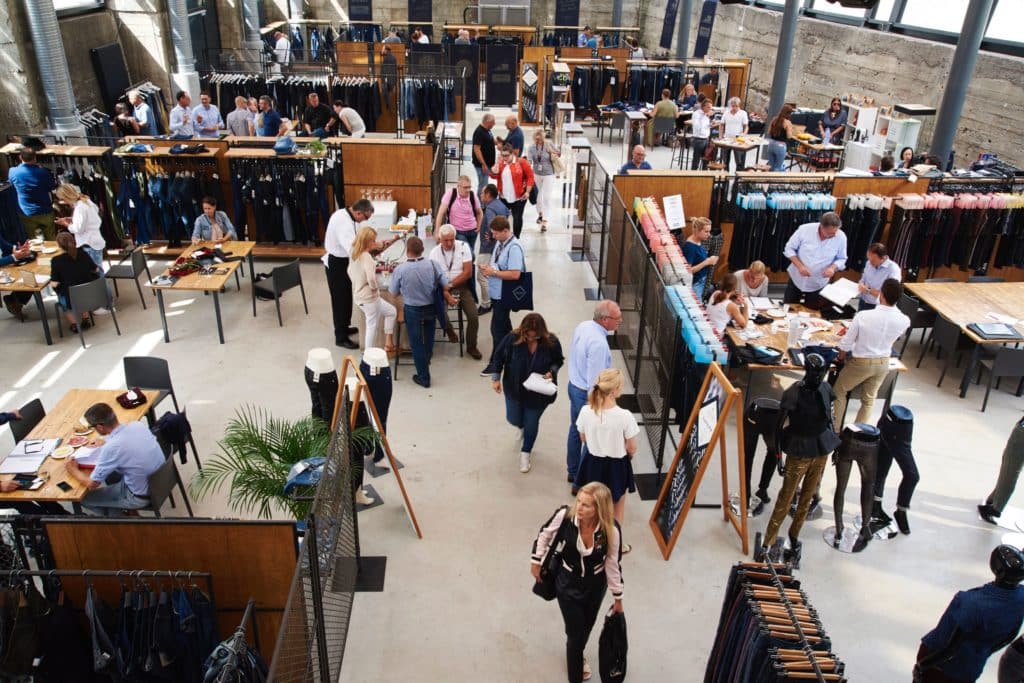
Talking about sustainability, one of the denim mills that come to mind is “the greenest mill in the blue world,” as Alberto Candiani has dubbed his family business. Yet it’s Candiani’s selection of classic high-quality denim and “a very, very strong stretch selection” that makes Klas Dalquist recommend the Italian denim maker.
Klas has been working with denim development and design since the mid-90s. After learning the craft at JC in his native Sweden, he’s worked for reputable brands like Lee 101 and Scotch & Soda. Another European mill he suggests you visit is Tejidos Royo, which he describes as “fashionable, very aggressive in ‘newness’, but solid.”
If you’re looking for premium selvedge denim from the Land of the Rising Sun, Klas recommends Kurabo. The pioneering Japanese weaver—known for quality fabrics that are second to none—is also a favourite of Josef Schindler. Josef’s been working with denim for 30 years and runs the UK-based brand, Joe & Co. He’s also a fan of Nihon Menpu, which “never fails to deliver on quality,” as he puts it. The denim they’ve developed with Indigofera is enough reason for me to love them!

Staying in Japan, Niels Mulder suggests you visit Kuroki for their price/quality ratio and Collect for the most beautiful fabrics. Niels is one of the new hopes of denim. A 23-year-old Jeans School graduate, he’s now the denim developer of Edwin Europe.
Coming back to Europe, both Niels and Christina recommend Berto’s range of classic selvedge denim and special weaves such as indigo jacquards. “With their Blue Selvedge and Manifattura 1887 lines, they’ve merged innovation with tradition,” Christina argues. Josef argues Berto’s qualities are more luxurious yet still rigid compared to Japanese denim.
If fabric innovation is your thing, Niels recommends you take a look at Calik. It’s proper, trustworthy and excellent European quality, the young developer says. Josef’s got his eye on another Turkish mill, Orta. “I used fabric from them a couple of years ago, and it’s probably the best and most reliable mill in Turkey,” he argues.
You can visit most of the suppliers recommended above at Bluezone—see the complete list of exhibitors here.
Disclaimer: There are literally hundreds of great jeans suppliers out there, and naturally this blog post can mention all of them. The recommendations above are solely based on the opinions of the five denim developers.
6 Things to Consider When You’re Looking for New Jeans Suppliers
There’s no shortage of suppliers who want your business. So how do you make sure you pick the ones that are right for you?
First and foremost, you need to get laser-focused on what you’re looking for. Before you set foot inside any exhibitor’s stand, get clear on your strategy about the following:
- Which part of the market you’re focusing on
- Your target retail price point
- Expectations about quality and consistency
- The quantities you’re planning to produce, expectations about reorders and delivery periods
- Transparency and sustainability
- Partnership
Focus on a Niche
Steve Jobs knew that you can’t be everything to everyone. Instead, you should commit to being something meaningful to someone. According to Christina Agtzidou, tech giants and jeans suppliers are no different in this sense. The Greek developer argues that you can’t get everything from one supplier.
Suppliers often work with both men’s and women’s markets, but usually they’re better at one or the other,” she explains. Go with a supplier that focuses on one market. “I usually try to get the best from each supplier, as everybody has a specific strength.”
Price Point
Once you know your niche, you’ll also know a lot more about the retail price point you should be aiming for. Remember that the price point informs you about what your production overheads can be.
When you’re starting with a new supplier, price point is a must-discuss topic; you’re probably not going to be able to change it at a later stage, Klas Dalquist warns.
Quality and Consistency
Obviously, you should also consider the quality you expect, and the consistency of it. This is where knowing your target price point comes in handy, as there’s usually a direct correlation between what you’re paying and what you get.
In fact, to Klas, attention to quality and consistency is what makes a good supplier. To ensure consistency, Christina suggests asking suppliers how they check their production to maintain the quality.
Pro tip for your first meeting with a new supplier
When you’ve found a supplier you want to know more about, book an appointment—even if it’s just for 15 minutes—to get their full attention.
Klas Dalquist usually starts by asking what’s important to the supplier to get an initial feeling about their values and direction.
Next, explain your idea; keep it as simple as possible and save all the details for later.
Suppliers are looking for business, so make sure that’s what you talk about, not your specially made button or limited colour selection,” Klas coaches you.
Importantly, you should ask for their honest feedback and opinion.
Quantities and Reorders
When you go out looking for suppliers, the quantities you’re planning to make and whether you’re doing limited runs or expect reorders is another important point to consider. Suppliers will want to know what kind of volumes they can expect from you.
Smaller quantities are usually accepted if the business is steady, Agtzidou points out. She argues that the flexibility of a supplier regarding minimums or special offers is worth paying attention to.
Actual minimums vary, but they’re usually between 500 and 1000 metres, depending on whether the fabric is a stock item, Josef Schindler reveals. Suppliers might have smaller minimums for deadstock fabrics.
You may be pleasantly surprised about what some suppliers have laying around, which especially useful if you’re planning to do limited runs with a reasonable price tag,” the British developer explains.
If you have bestsellers in your collection, consider whether you’ll be needing in-season reorders. Factories need work for each month of the year; Martin Schaefer encourages you to think about how you can help ensure that happens.
Sustainability and Transparency
Consumers are more aware than ever of the environmental and human impact of what they’re buying. Producing responsibly is no longer something you can choose to strive for, it’s something you have to do.
As someone who’s counting order quantities in hundreds of thousands, Schaefer works exclusively with large-scale producers in the Far East. And that means working conditions can be an issue. For him, it’s imperative that his suppliers take good care of their workers.
I visit the factory. If the workers are treated with respect and the factory is clean, I’m optimistic,” says the German denim veteran. “If the owner or the person in charge behaves modestly and shows honesty, I will look at the figures of the company.”
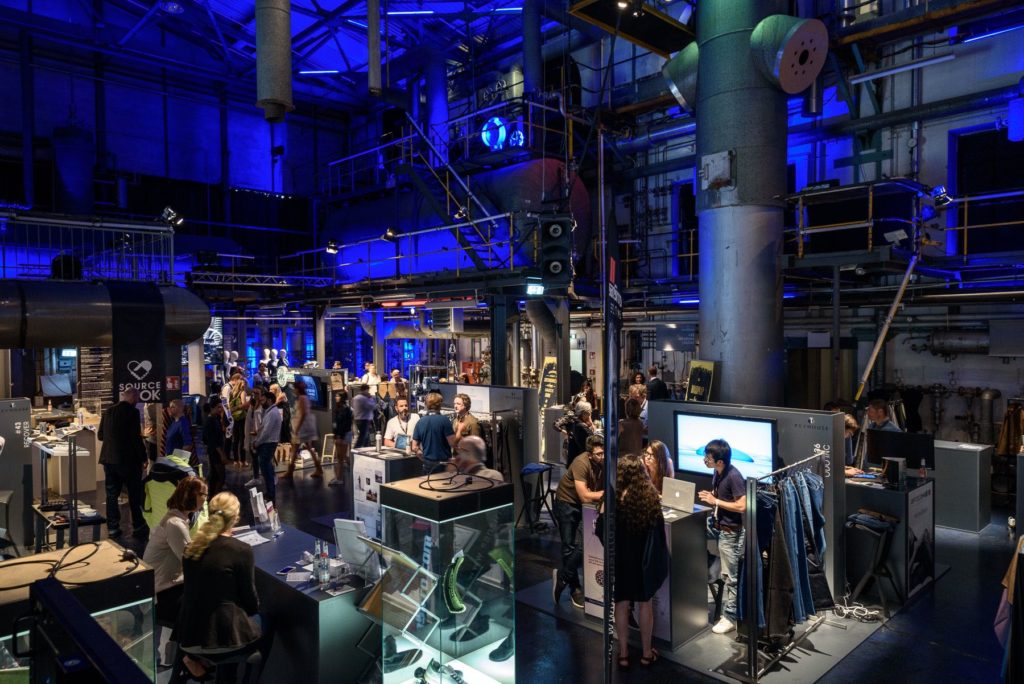
Think “Partnership” and “Long-Term”
Finding a new supplier takes a lot of time, money and work, Dalquist points out. If you change suppliers often, you’ll be starting from scratch over and over again.
You’ll have to do the start-up briefing, educate them about your brand values, the way you prefer to work, how you communicate, and much more,” he says.
When you’re looking for suppliers, think long-term and look for someone who wants to grow with you. “I want to work with people that can teach me something and want to make the best possible product,” the Swedish indigo enthusiast argues.
Christina Agtzidou sees the relationships she builds with her suppliers reflected in the products she makes. Mutual trust and an open dialogue make it easier finding solutions when things get difficult.
Even though he’s new in the game, Niels Mulder has already learned that establishing and nurturing healthy relationships with your suppliers is crucial to be successful in the long run.
The best partnerships are built on a mutual understanding that both parties will benefit. And, to get quality products at affordable prices, you need good relations,” he points out.
Supported by Munich Fabric Start’s Bluezone
This blog post is sponsored by Bluezone; Munich Fabric Start’s independent trade show for the denim and sportswear community.
The family-run Munich Fabric Start was established in 1996. Twice yearly, it attracts 20,000 fashion professionals to Munich. Bluezone was launched as the first denim-dedicated show in 2003. Today, it hosts more than 100 carefully curated exhibitors.
The show caters to all your sourcing needs: well-established ‘all-star’ mills; ‘catalyzers’ that create future trends in denim; and how new technologies and laundry solutions can make denim more sustainable.
Register for the next show here!
Disclaimer: Denimhunters was invited to Munich Fabric Start by the organisers. However, none of the individuals or companies mentioned in this blog post are affiliates.
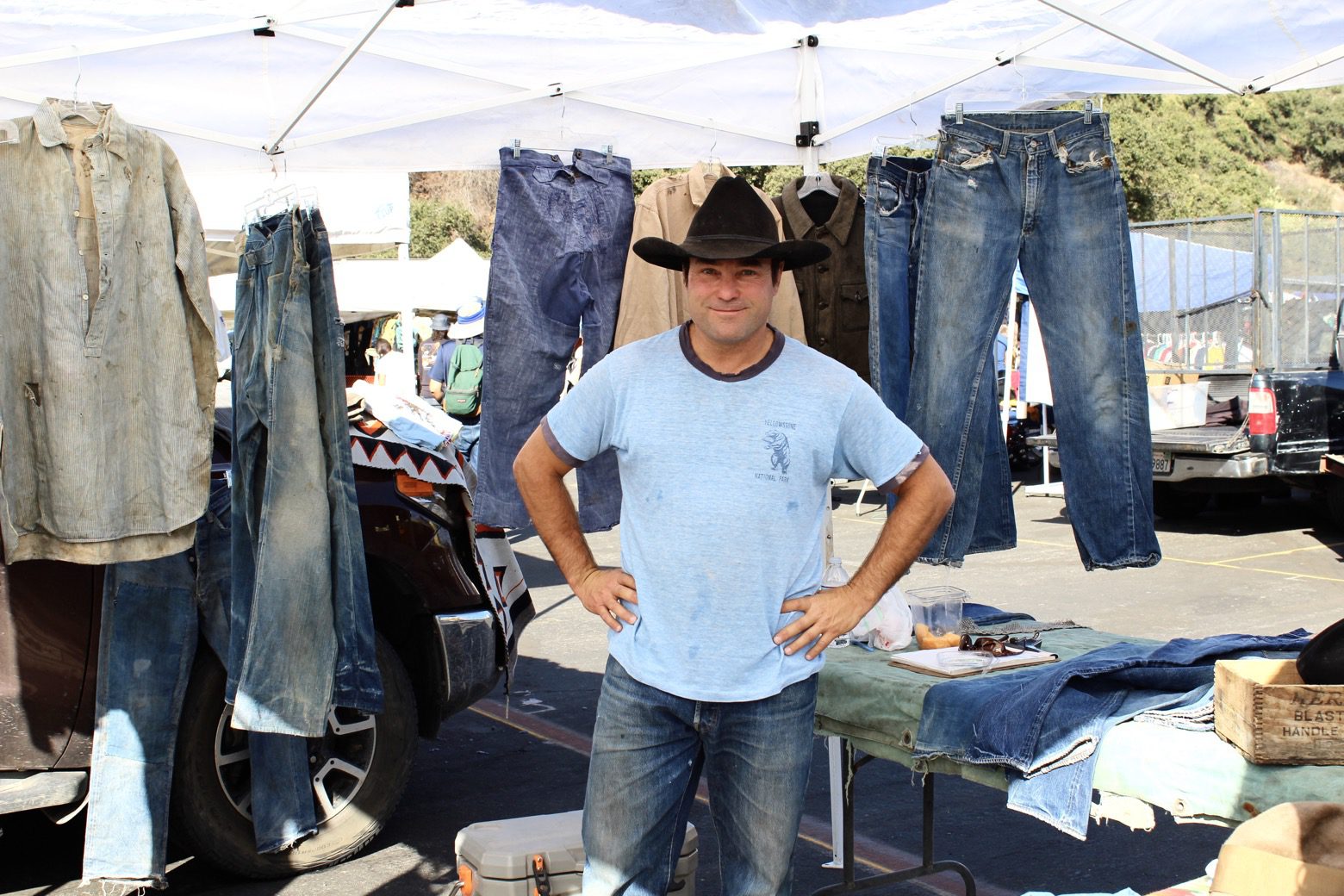

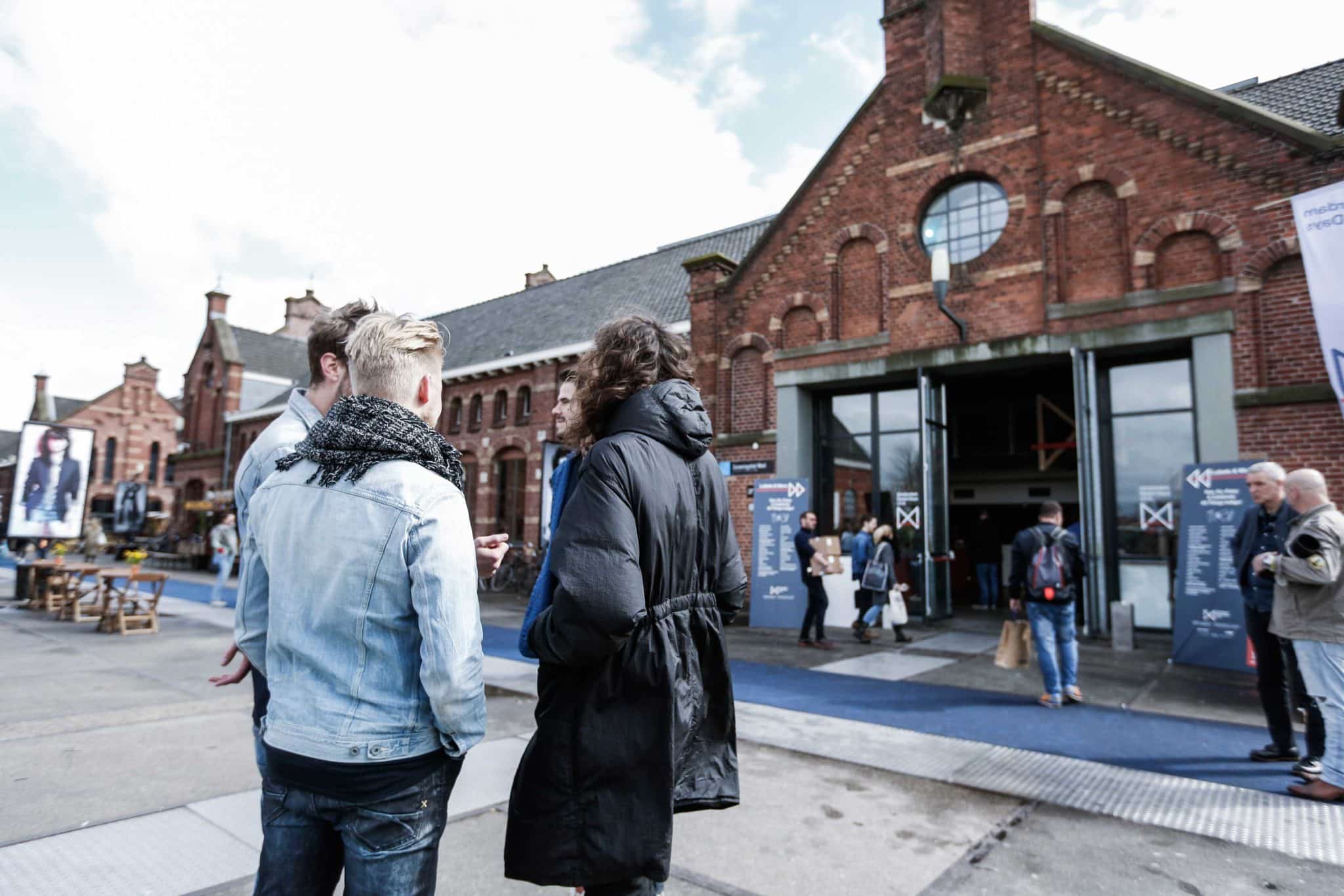


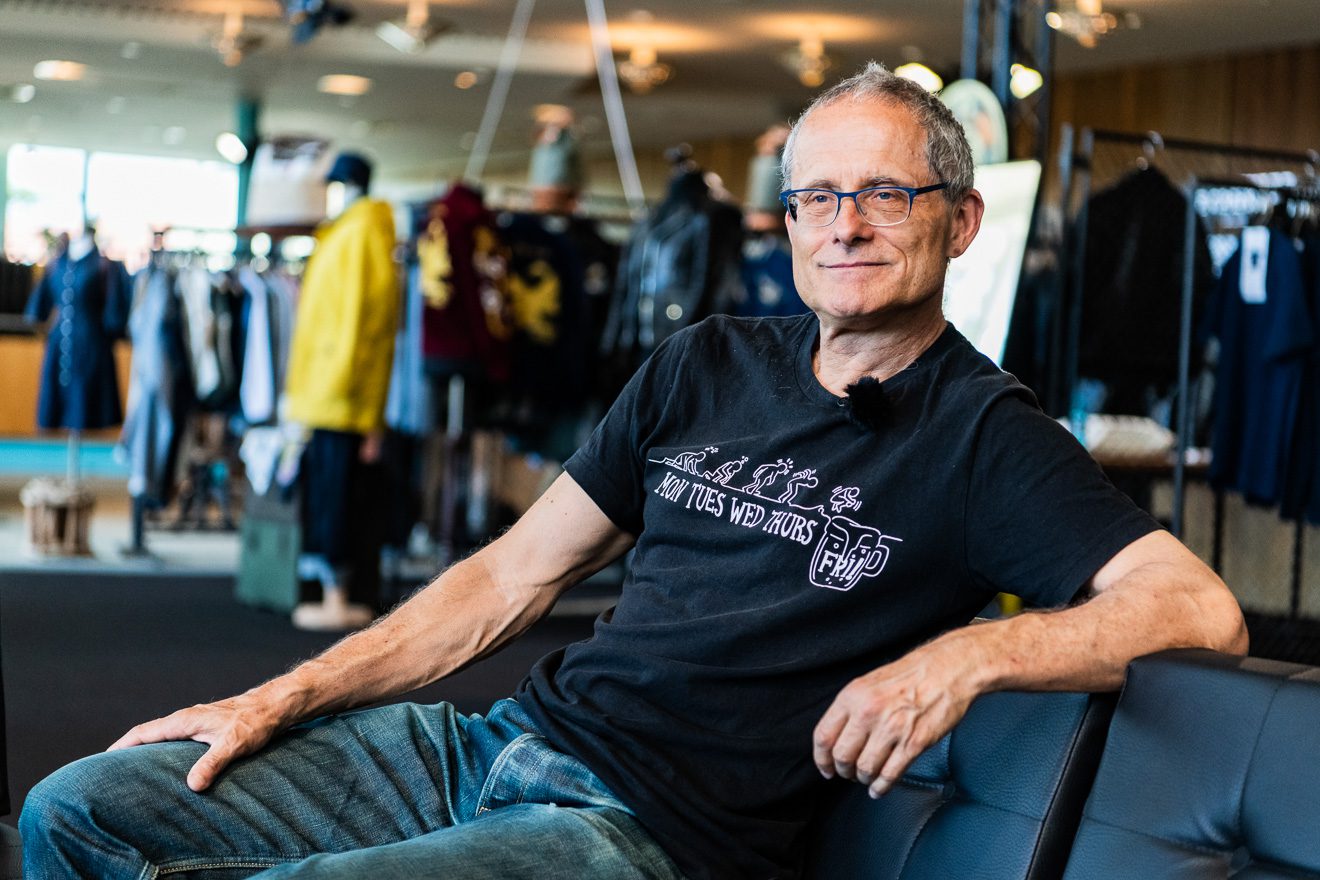

How in the world did you not make one comment about iSKO the number one denim mill in the world when it comes to fashion and technology, let alone more developments in stretch than any other mill.
Hi Barry,
Thank you for your observant comment. This blog post could have mentioned so many more suppliers, but these are the ones the five developers I asked recommended.
I would love to hear more about what iSKO has to offer, and I see on LinkedIn that you’ve worked with the company since 2003, so do not hesitate to get in touch with me directly 🙂
Hi Thomas Stege Bojer,
I worked with SHLOMI JEANS for many years.I do understand that there are lots of pioneers,designers,developers and other founders to be respected.
Marketing always work all the time changing the consumers’ taste and the designers’conept,and the improved technology for production (cutting,printing,finishing and washing) has changed the world.
ISKO is great in fabrics development and Candiani is doing the same.But we still get many high quality and traditional denim from Japan and those suppliers are doing the best in selvedge.
Anyway,just want to show some ideas of mine here with you.
Certainly,I want to know more about your concept how motivate the customers/consumers through reliable marketing channel and platform. It means the reasonable cost and powerful products/market integration.